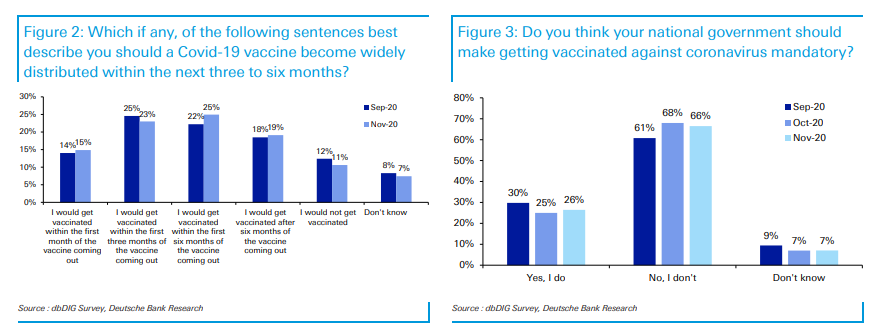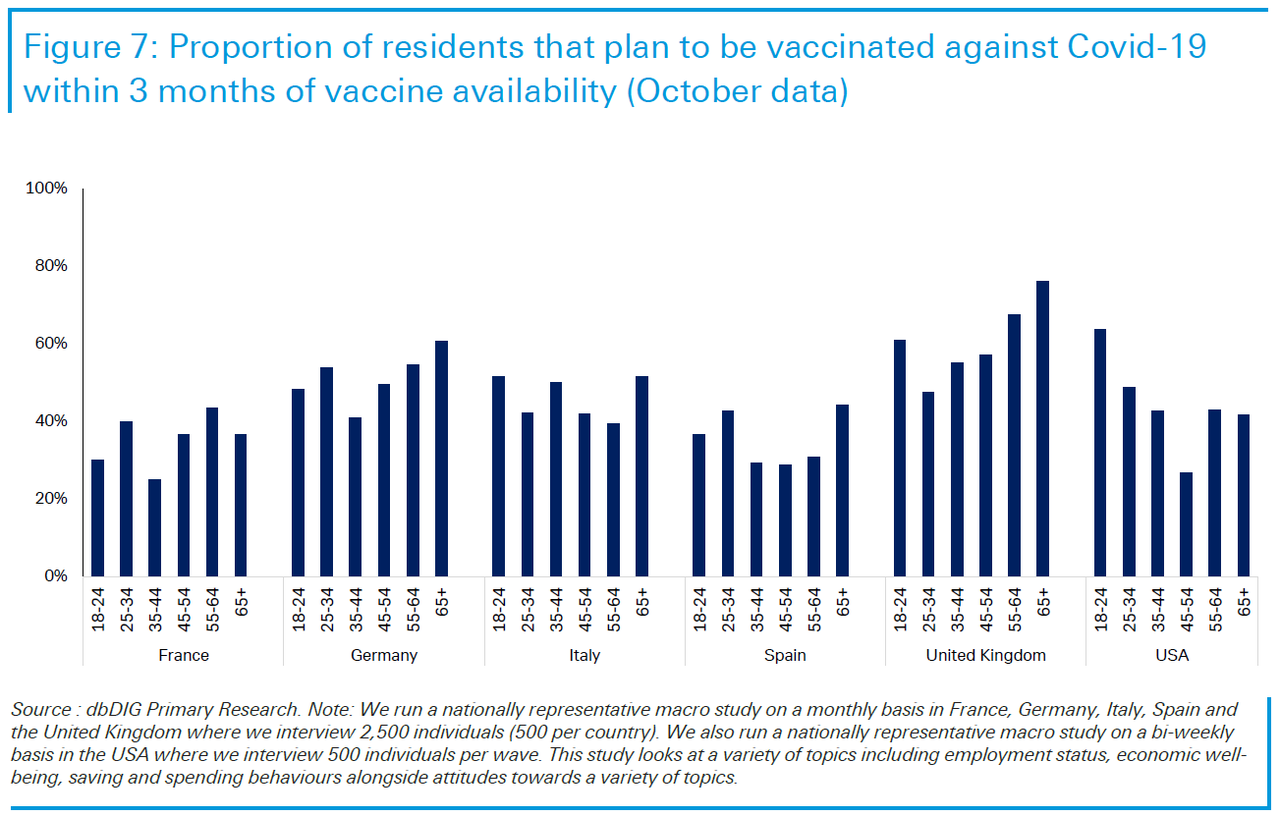However, the lawyers who wrote the Emergency Use Authorization (EUA) legislation understood the FDA bureaucracy and its risk aversion. They probably also worked for, or consulted with, the pandemic vaccine industry.
And so they came up with a standard that practically mandates the most minimal collection of information from clinical trials of vaccines for which emergency use authorization will be sought. Instead of requiring specific information, the standard simply says that in order to receive an EUA, a product's known and potential benefits should outweigh its known and potential risks. So, the more its sponsor knows about adverse effects, the more trouble the vaccine is likely to have getting approved. Accordingly, it is better for the adverse effects to be as unknown as possible.
This standard also explains what might be considered oddities in trial design: for example, why the vaccine sponsors/developers did not collect data on whether the vaccines prevented transmission of disease. Nor were vaccine sponsors required to show statistically significant data on whether hospitalizations (severe illness) and deaths were prevented.
Basically, the FDA was given the statutory green light to approve anything it wanted to approve, with minimal actual data. That is how Operation Warp Speed could even be conceived.
Most important, from the standpoint of FDA, it gave the agency cover. FDA is not being asked to act as a regulator. All it needs to be able to say is that the potential for benefit exceeds the potential risks, and as long as little is actually known about the vaccines, they can say their approval was based on the best evidence available at the time. This is of course another reason for speed: the vaccines need to be approved before meaningful safety and efficacy data accrue that could hurt them.
FDA Commissioner Stephen Hahn and CBER director Peter Marks have tiptoed around and obfuscated this.
"Look at the process that we're following," Dr. Peter Marks said. "We're going to have a very open process."
But the FDA only said it would publicly disclose reviews of the scientific data used to authorize drugs and vaccines after being criticized for hiding information. The Government Accountability Office noted that the FDA had not been sufficiently transparent in disclosing the data used to grant or revoke authorizations involving coronavirus treatments.
Dr. Hahn told USA Today "The standard that’s used for an EUA is that it must be effective..." But that is not the actual standard, which is that a vaccine's known and potential benefits should outweigh its known and potential risks. In other words, FDA is only required to guess at its safety and effectiveness. Hahn also told USAT that the standards for EUA approval "are very similar" to the standards for issuing a license, which is far from true.
Here is what the FDA advised Covid vaccine developers on applying for an Emergency Use Authorization:
"Based on this declaration and determination, FDA may issue an EUA after FDA has determined that the following statutory requirements are met (section 564 of the FD&C Act (21 U.S.C. 360bbb-3)) (Ref. 3):
- Based on the totality of scientific evidence available, including data from adequate and well- controlled trials, if available, it is reasonable to believe that the product may be effective to prevent, diagnose, or treat such serious or life-threatening disease or condition that can be caused by SARS-CoV-2.
- The known and potential benefits of the product, when used to diagnose, prevent, or treat the identified serious or life-threatening disease or condition, outweigh the known and potential risks of the product.
- There is no adequate, approved, and available alternative to the product for diagnosing, preventing, or treating the disease or condition."
The glue that holds this sham of a regulatory process together is the extraordinarily broad liability protection afforded to everyone with any responsibility for the medical products used under an EUA. You don't learn about this in the EUA declarations. Instead, you must read the Prep Act and its amendments. The following "Public Readiness and Emergency Preparedness Act for Medical Countermeasures Against COVID–19," was published in the August 24, 2020 Federal Register. Everyone who has anything do with Covid vaccines has had all liability waived (with the sliver of an exception for willful misconduct).
And recently pharmacists and pharmacy interns had their liability waived for administering any recommended childhood vaccine to any child over age 3! The justification is that since Covid-19 has reduced routine childhood vaccinations, any pharmacy employee can now administer any of those vaccinations, while facing no potential liability, via a Covid PREP Act declaration.
Prep Act Quotes:
The Public Readiness and Emergency Preparedness Act (PREP Act) authorizes the Secretary of Health and Human Services (the Secretary) to issue a Declaration to provide liability immunity to certain individuals and entities (Covered Persons) against any claim of loss caused by, arising out of, relating to, or resulting from the manufacture, distribution, administration, or use of medical countermeasures (Covered Countermeasures), except for claims involving ‘‘willful misconduct’’ as defined in the PREP Act. https://www.govinfo.gov/content/pkg/FR-2020-08-24/pdf/2020-18542.pdf
V. Covered Persons 42 U.S.C. 247d–6d(i)(2), (3), (4), (6), (8)(A) and (B) Covered Persons who are afforded liability immunity under this Declaration are ‘‘manufacturers,’’ ‘‘distributors,’’ ‘‘program planners,’’ [read this as "government officials who approved the vaccines"--Nass] ‘‘qualified persons,’’ and their officials, agents, and employees, as those terms are defined in the PREP Act, and the United States. In addition, I have determined that the following additional persons are qualified persons: (a) Any person authorized in accordance with the public health and medical emergency response of the Authority Having Jurisdiction, as described in Section VII below, to prescribe, administer, deliver, distribute or dispense the Covered Countermeasures, and their officials, agents, employees, contractors and volunteers, following a Declaration of an emergency; (b) any person authorized to prescribe, administer, or dispense the Covered Countermeasures or who is otherwise authorized to perform an activity under an Emergency Use Authorization in accordance with Section 564 of the FD&C Act; (c) any person authorized to prescribe, administer, or dispense Covered Countermeasures in accordance with Section 564A of the FD&C Act; and (d) a State-licensed pharmacist who orders and administers, and pharmacy interns who administer (if the pharmacy intern acts under the supervision of such pharmacist and the pharmacy intern is licensed or registered by his or her State board of pharmacy), vaccines that the Advisory Committee on Immunization Practices (ACIP) recommends to persons ages three through 18 according to ACIP’s standard immunization schedule.














